Sovereign network
The Internet Computer is hosted by a decentralized collection of node machines — physical hardware devices run by independent node providers distributed across data centers globally.

Traditional cloud relies on a single private entity. The Internet Computer relies on public utility and autonomous governance.
Decentralized computing
The Internet Computer blockchain runs on a network of nodes owned and operated by a growing community of independent, node providers distributed across the globe. The node providers are selected and vetted by the NNS.
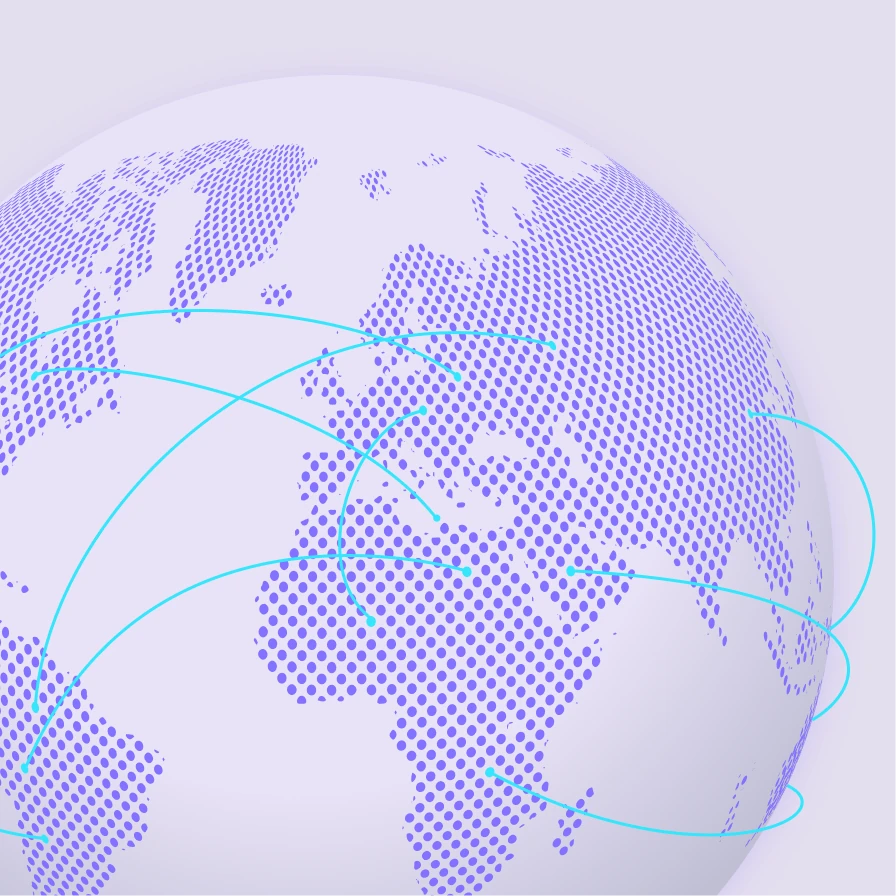
Independent machines
Every node on the Internet Computer is a dedicated physical server called a node machine. To provide true decentralization, each node machine is run by an independent node provider, typically in a data center. This network of nodes is sovereign, as there is no reliance on corporate cloud service providers. So they cannot be switched off or tampered with.
This is different to other blockchains where network nodes are created using simple software that interacts with other nodes but are easy to spin up on centralized cloud. Node machines on the Internet Computer are also technically sovereign, built to standardized public hardware specifications that support the network when under load, and do not fall behind other nodes within the same subnet blockchain.
Node Providers
To preserve the decentralization of the network, each node provider is vetted and accepted by token-holders via the NNS, the DAO that governs the Internet Computer. Becoming a node provider entails submitting a proposal along with a self-declaration document that state provision of node machines, intent and proof of identity. Based on this information, the community votes on the onboarding proposal.
If node providers are accepted into the community and their node machines are up and running, they receive rewards for their services. Rewards are set by the NNS DAO, which follows the 30-day average price of ICP, and are distributed on the 15th of every month. The NNS DAO issues rewards depending on three main factors: generation of hardware (Gen 1 or Gen2), geographic location, and total number of nodes operated.

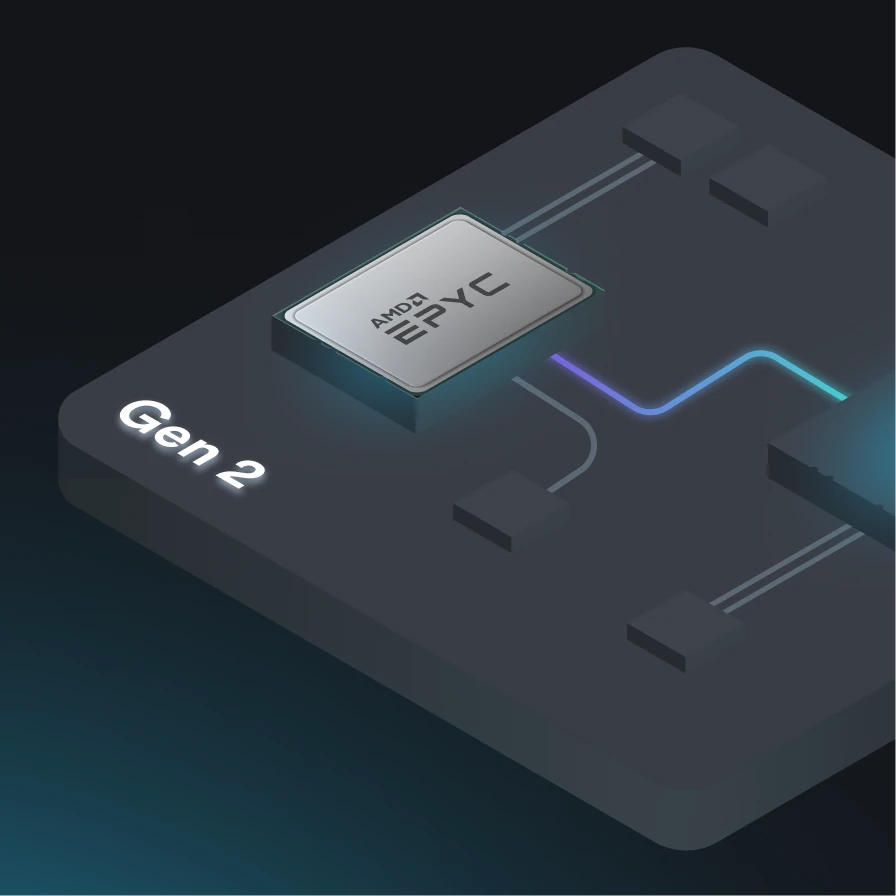
The hardware
The Internet Computer network consist of two generations of node machines — Gen 1 and Gen 2 — with standardized public hardware specifications. Gen 1 hardware is vendor specific and used by node providers who joined the community before 2022. New Gen 2 node machines are generic to support VM memory encryption and attestation, which will facilitate the future development of features on the Internet Computer. While Gen 2 machines follow generic specifications, a list of hardware configurations has been validated by the community.
Climate friendly compute
A key goal of the Internet Computer is to provide an energy efficient compute platform at low carbon costs without compromising scalability and utility. Operating at 0.008 kW per transaction, it is one of the most sustainable blockchains out there, and has comparable energy consumption levels to traditional software running on big tech cloud services. Instantaneous power for each node is around 0.3 kW, which is roughly between 200 and 300 kWh a month, per node.
The Internet Computer is also the first blockchain to join the Proof of Green (PoG) initiative, which aims to set blockchain industry standards by making ‘claims of green’ transparent, verifiable and accountable through metrics and real-time reporting. PoG is still in a pilot phase but a handful of nodes and their carbon emissions are already represented on a live dashboard. Further steps towards carbon footprint transparency are on the roadmap, including data sourcing, validation and incentive mechanisms.

Node provider community
The ICP community of node providers consists of independent entities evenly distributed across the globe, including...
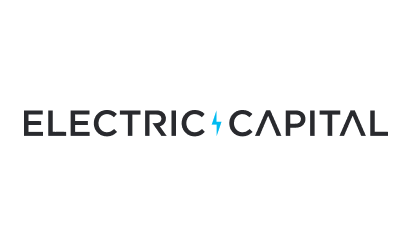
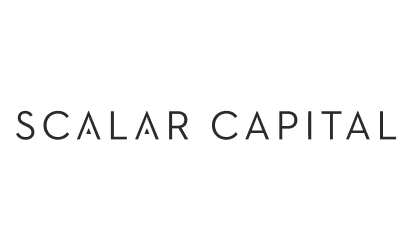
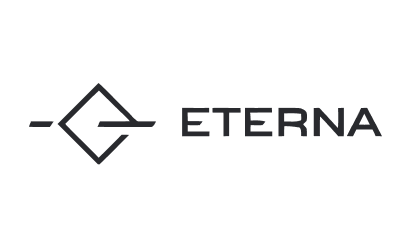
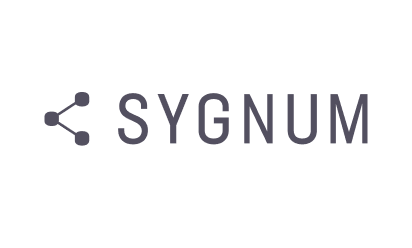
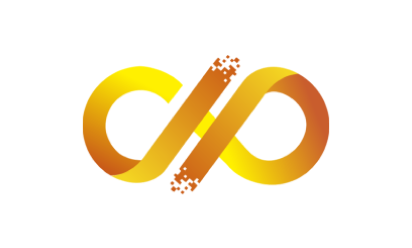

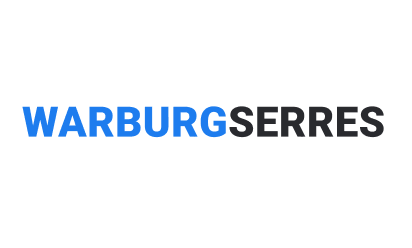
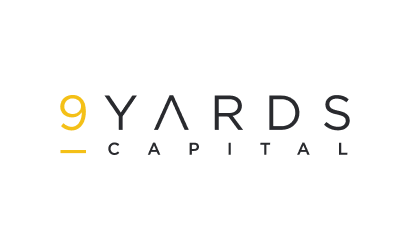

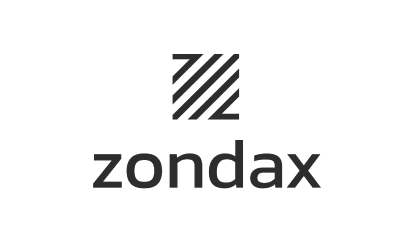

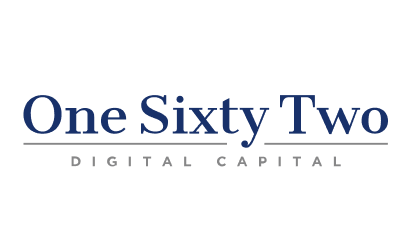
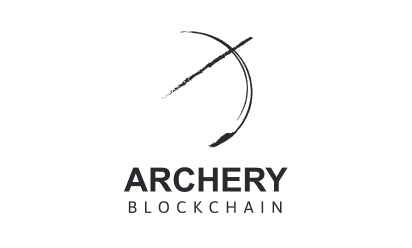
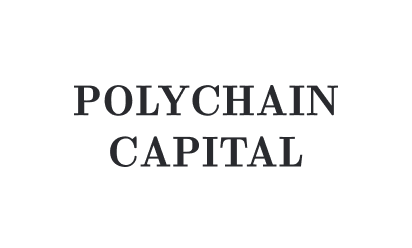
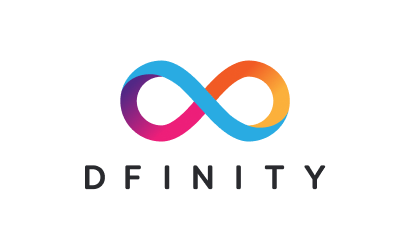
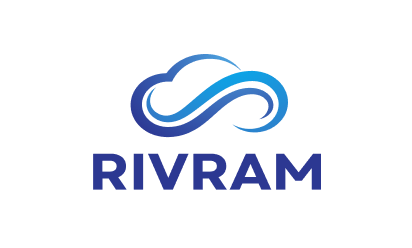

What you need to know about being a node provider

Where to start
Before making the decision to become a node provider, it is recommended to start by familiarizing yourself with the following:
Onboarding checklist
Now that you have a basic understanding of how the Internet Computer works, you can begin the onboarding process with the help of the following resources:
